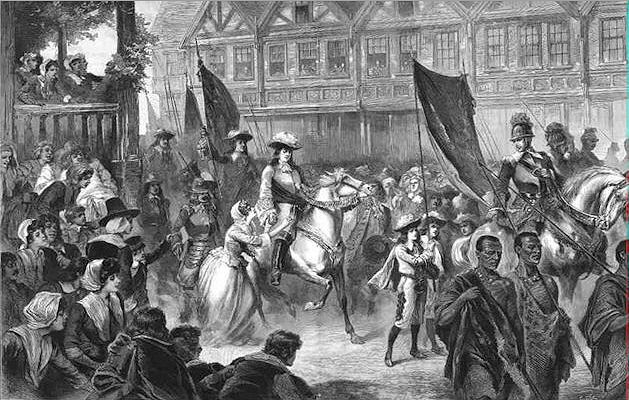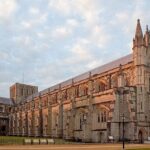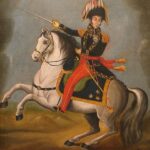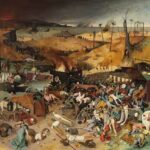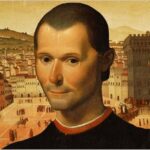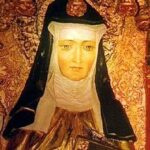The customarily sober and understated William entered Exeter in triumphal procession: ‘Armed cap a pee. A plume of white feathers on his head. All in bright armour, and forty two footmen running by him.’ Fifty gentlemen and as many pages attended him and supported his banner, which bore the inscription ‘God and the Protestant religion’.
William rode on a ‘milk white palfrey’ and was preceded by two hundred gentlemen in armour, English and Scottish for the most part, mounted on heavy Flemish horses. For further dramatic effect, these knights were accompanied by ‘two hundred blacks brought from the [sugar] plantations of the Netherlands in America [Surinam]’, all dressed in white, turbaned and befeathered.
No clearer symbolism could have been used to represent William as God’s appointed champion, as described in the Book of Revelation: ‘I saw and behold, a white horse: and he that sat on him had a bow, and a crown was given unto him, and he went forth conquering and to conquer.’ The white-clad ‘blacks’ reinforced the millennial theme – William was a global ruler, whose dominion extended to the limits of the known world.

